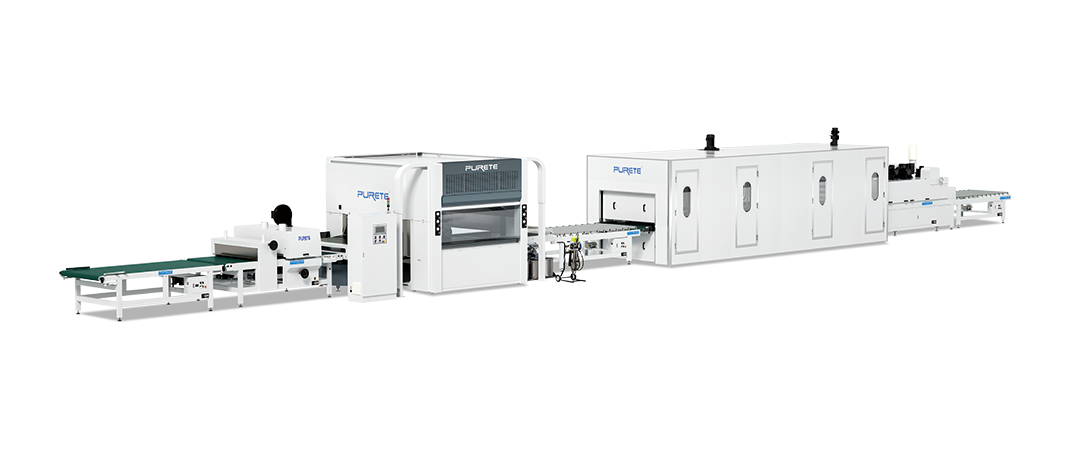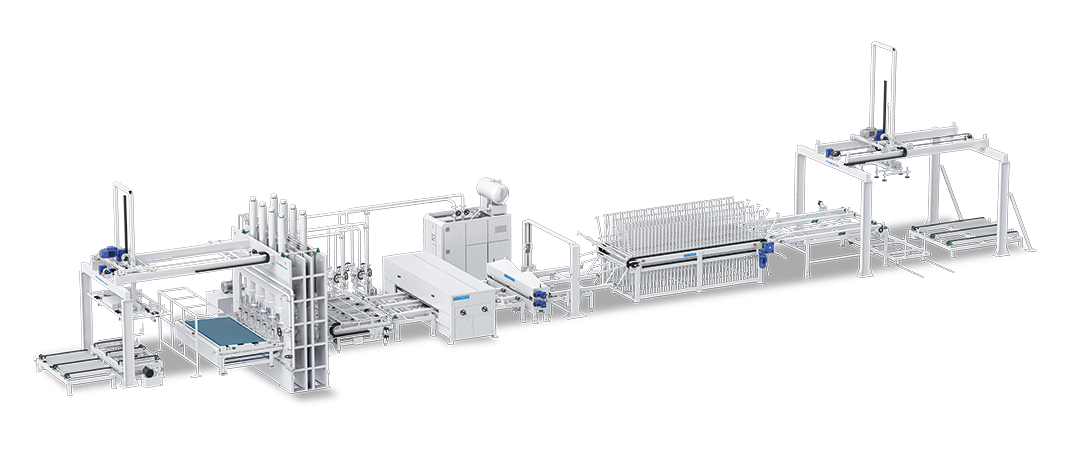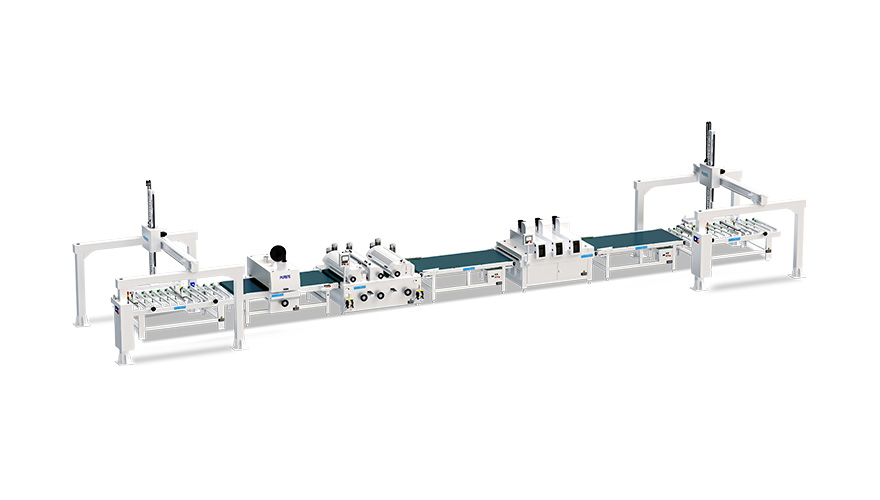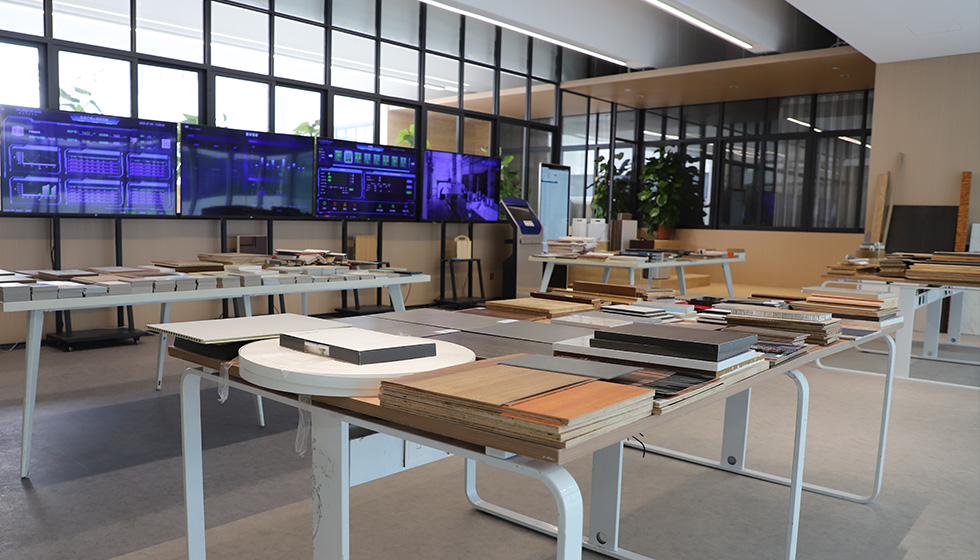How does roller coating differ from other methods of applying coatings, such as spray painting or dip coating?
 January 09, 2025
January 09, 2025 Hits:136second
Hits:136secondRoller coating, spray painting, and dip coating are all techniques used to apply coatings to various surfaces, but they differ significantly in application methods, precision, and ideal use cases. Here’s a breakdown of how roller coating stands out from the others:
1. Roller Coating
· Method: Roller coating involves using a roller to apply a thin, uniform layer of coating to a surface. The roller, often covered in absorbent or textured material, transfers the coating material from a reservoir to the substrate.
· Precision: This method offers excellent control over the thickness and uniformity of the coating, making it ideal for flat or slightly curved surfaces.
· Applications: Commonly used for industrial applications, such as coating metal sheets, wood panels, or laminates, where consistency and speed are critical.
· Advantages:
o High-speed application suitable for mass production.
o Minimal waste of coating material.
o Consistent layer thickness.
· Limitations:
o Limited to flat or slightly curved surfaces.
o Not suitable for complex geometries or areas requiring detailed work.
2. Spray Painting
· Method: Spray painting involves atomizing the coating material into fine droplets and spraying it onto the surface using a pressurized nozzle.
· Precision: Provides flexibility in coating intricate shapes, corners, and edges. However, achieving uniform thickness requires skill.
· Applications: Ideal for automotive painting, furniture finishing, and coating irregular or complex surfaces.
· Advantages:
o Suitable for complex geometries and hard-to-reach areas.
o Produces a smooth, fine finish, especially for decorative purposes.
· Limitations:
o Overspray leads to material waste and potential environmental concerns.
o Requires thorough masking and ventilation.
o Less precise thickness control compared to roller coating.
3. Dip Coating
· Method: Dip coating involves immersing the substrate into a liquid coating solution and then withdrawing it at a controlled speed to create a uniform layer.
· Precision: Thickness depends on the withdrawal speed and viscosity of the coating material, making it less precise than roller coating but suitable for certain applications.
· Applications: Commonly used for medical devices, protective coatings, and small components where full immersion is beneficial.
· Advantages:
o Ensures full coverage, including hidden or intricate areas.
o Suitable for coating items with irregular shapes or interiors.
· Limitations:
o Excess coating can lead to dripping or pooling.
o Less efficient for large, flat surfaces.
o May require extensive drying or curing time.
Key Differences
Aspect | Roller Coating | Spray Painting | Dip Coating |
Surface Type | Flat or slightly curved | Complex or irregular shapes | Fully submerged objects |
Material Waste | Minimal | High due to overspray | Moderate due to excess dripping |
Precision | High for flat surfaces | High for intricate shapes | Moderate |
Speed | Very fast (industrial-scale) | Moderate | Moderate |
Application | Industrial (metals, laminates) | Decorative (furniture, vehicles) | Specialized (medical devices, tools) |
Choosing the Right Method
The choice of coating technique depends on the type of substrate, desired finish, production scale, and environmental considerations. Roller coating is optimal for high-speed, high-volume industrial applications requiring consistent coatings, while spray painting excels in decorative or detailed work. Dip coating is ideal for complete immersion needs, such as protective or functional coatings on irregular shapes.















